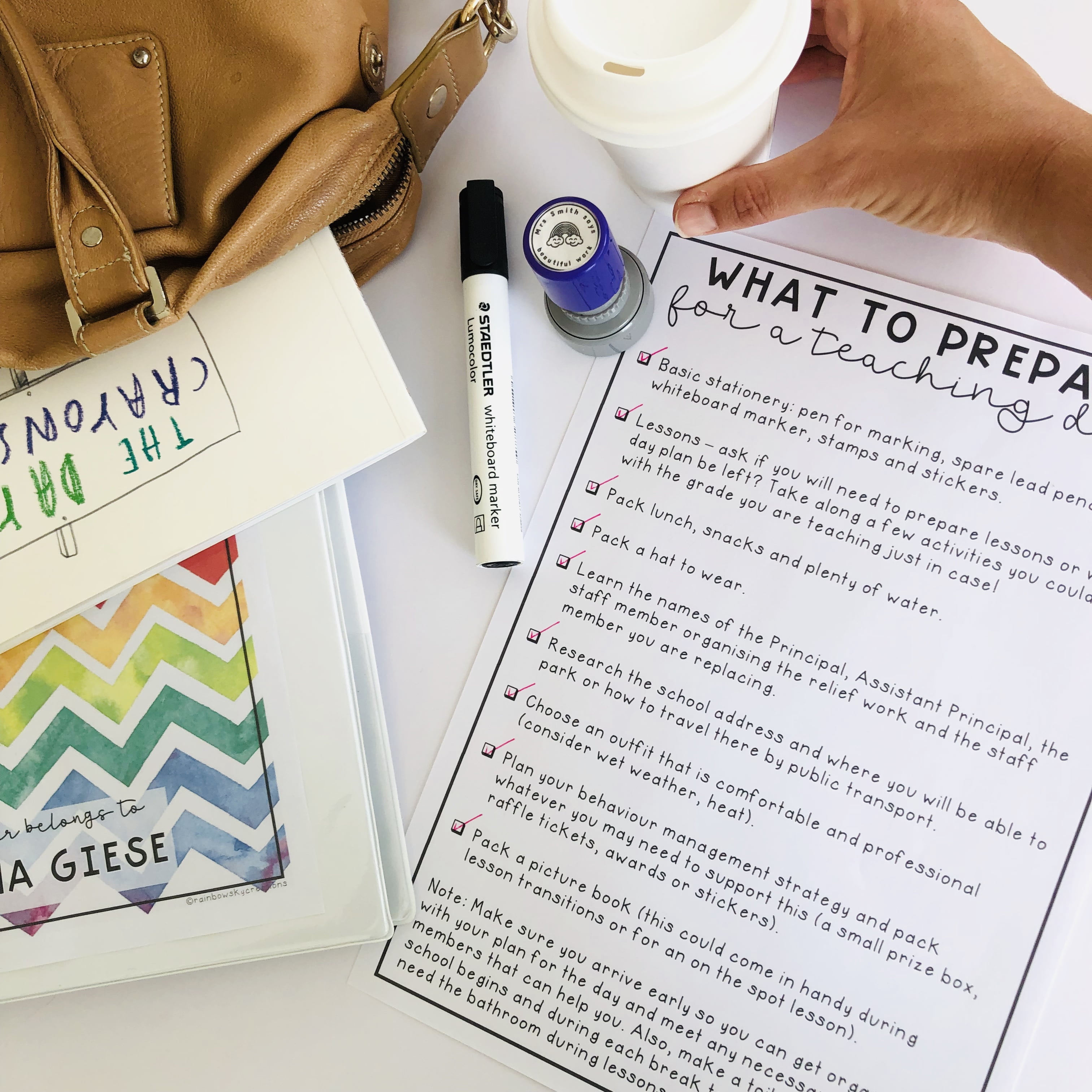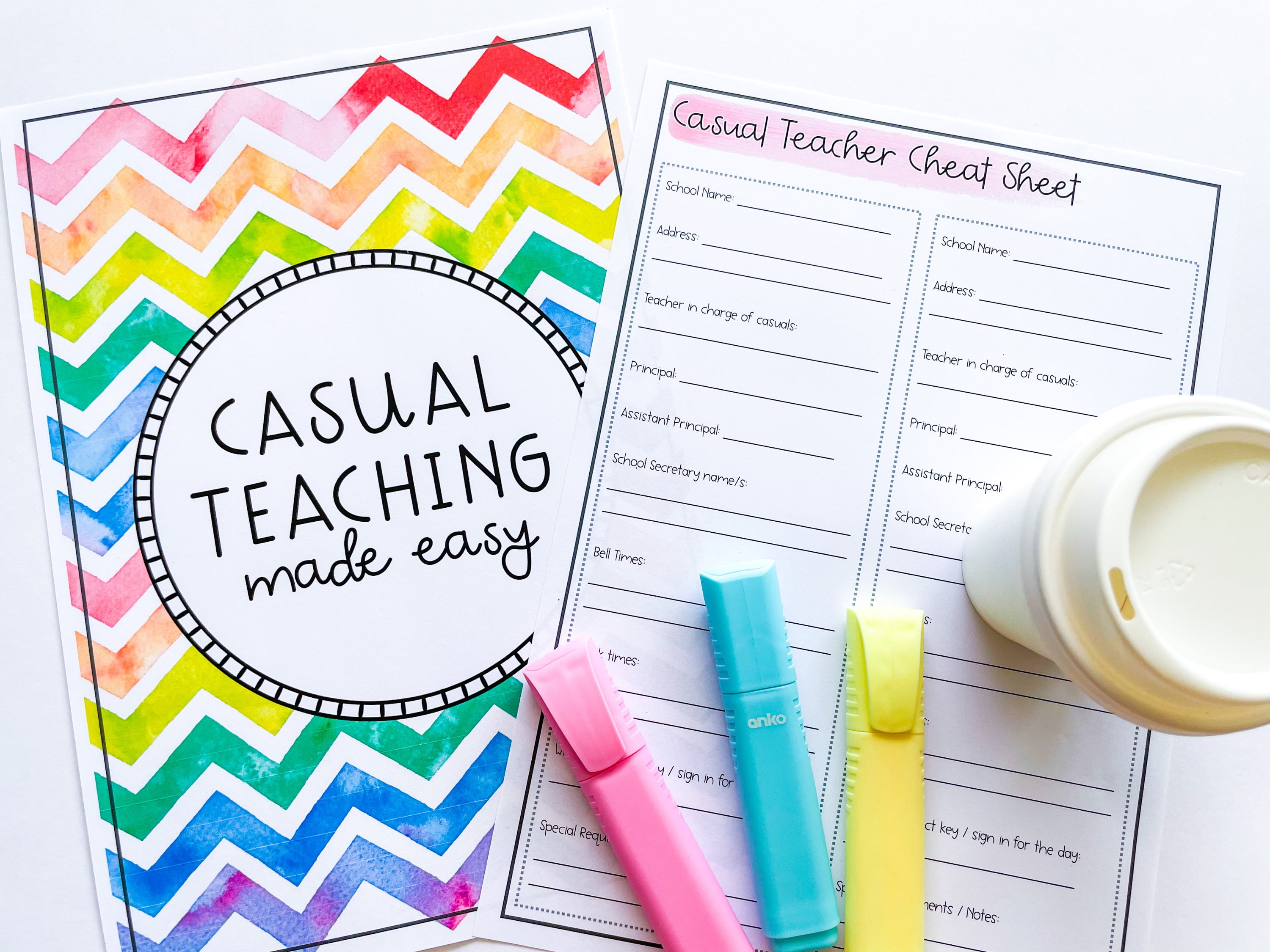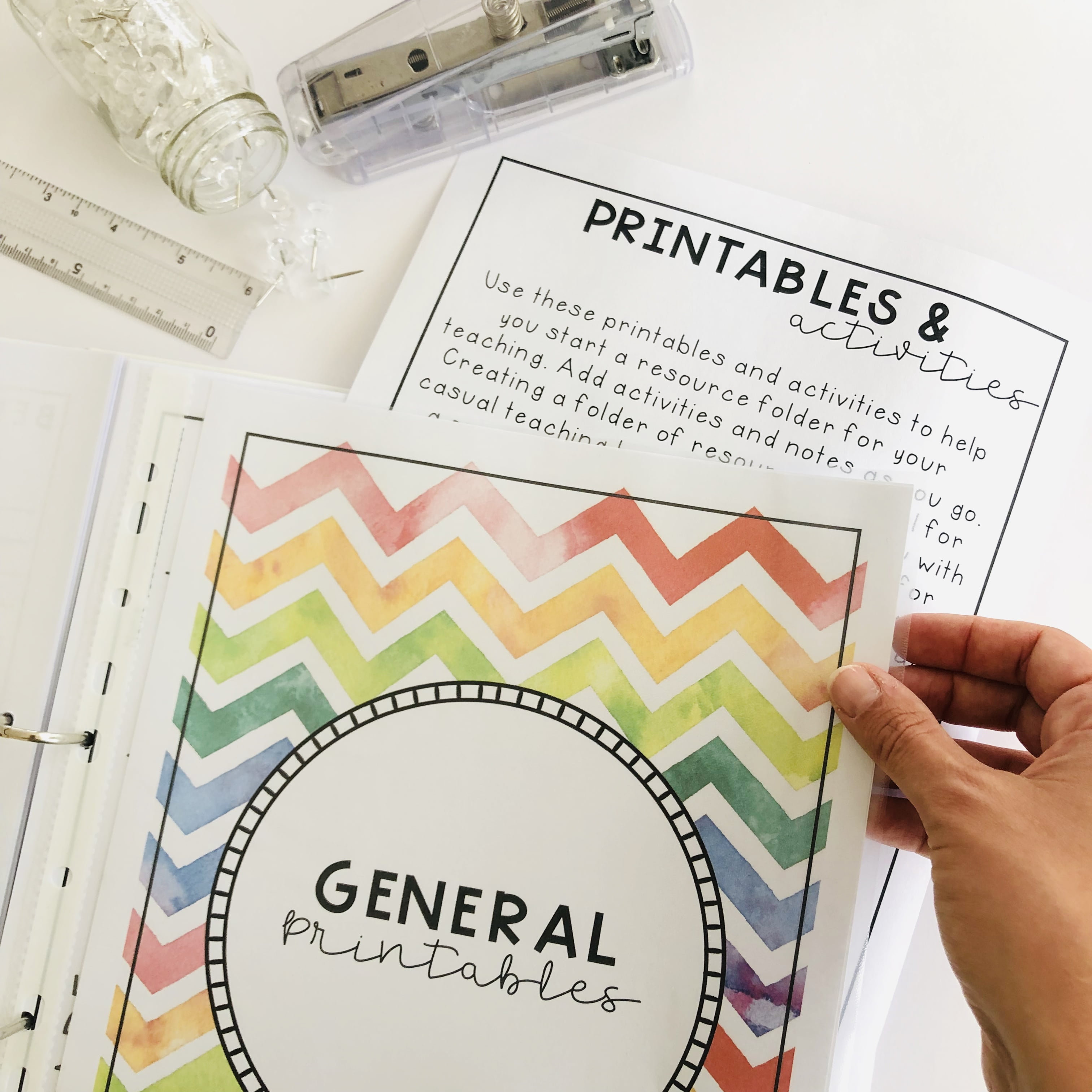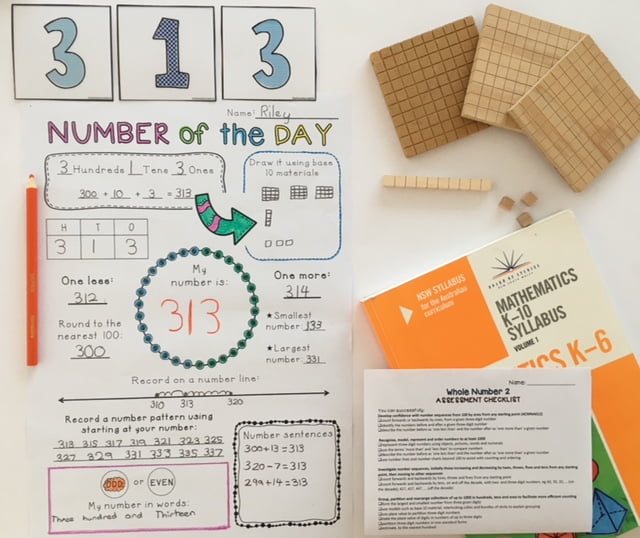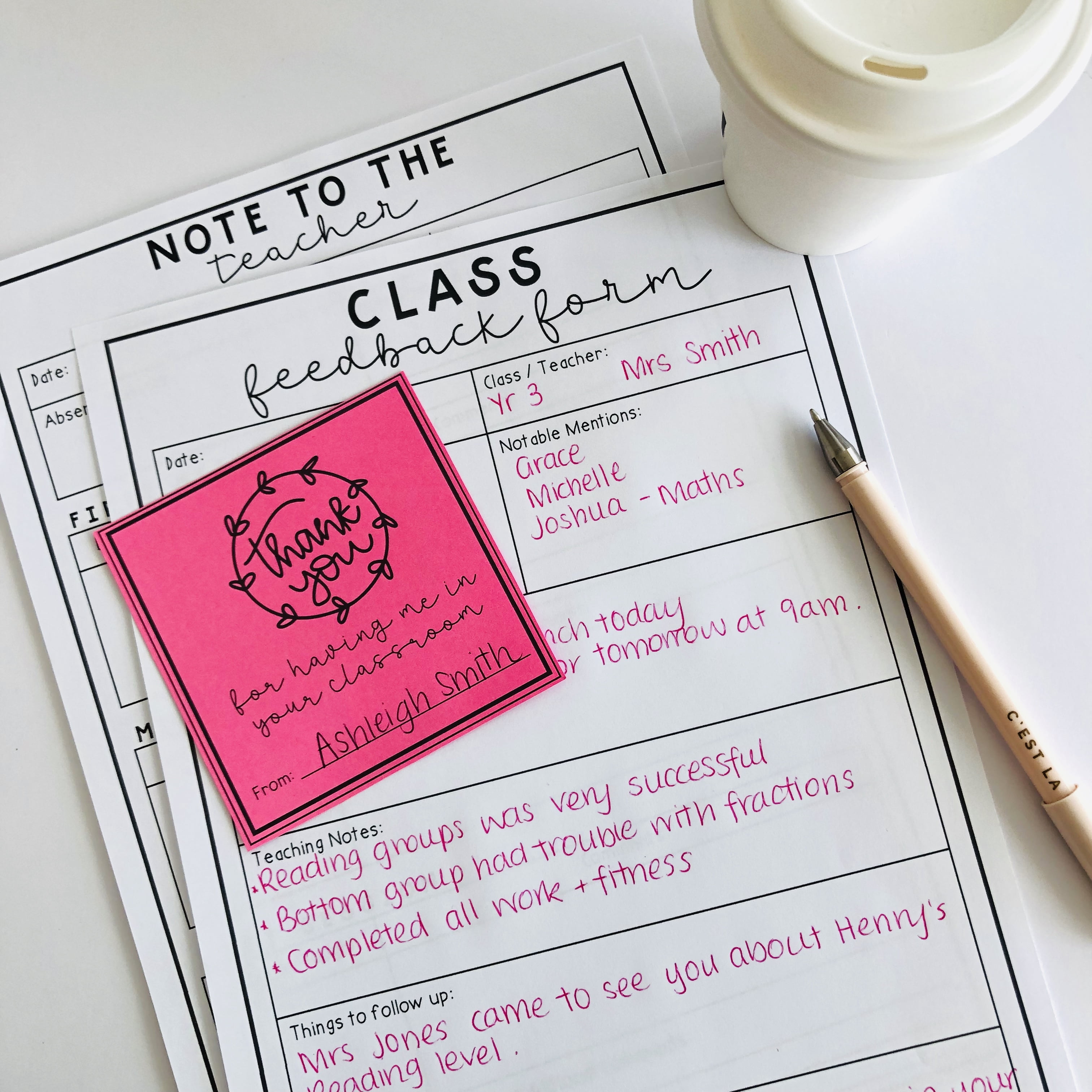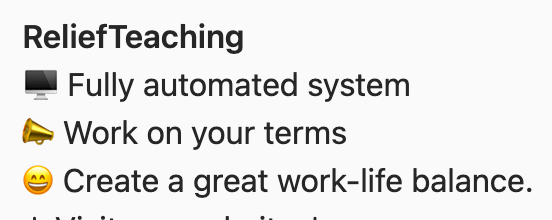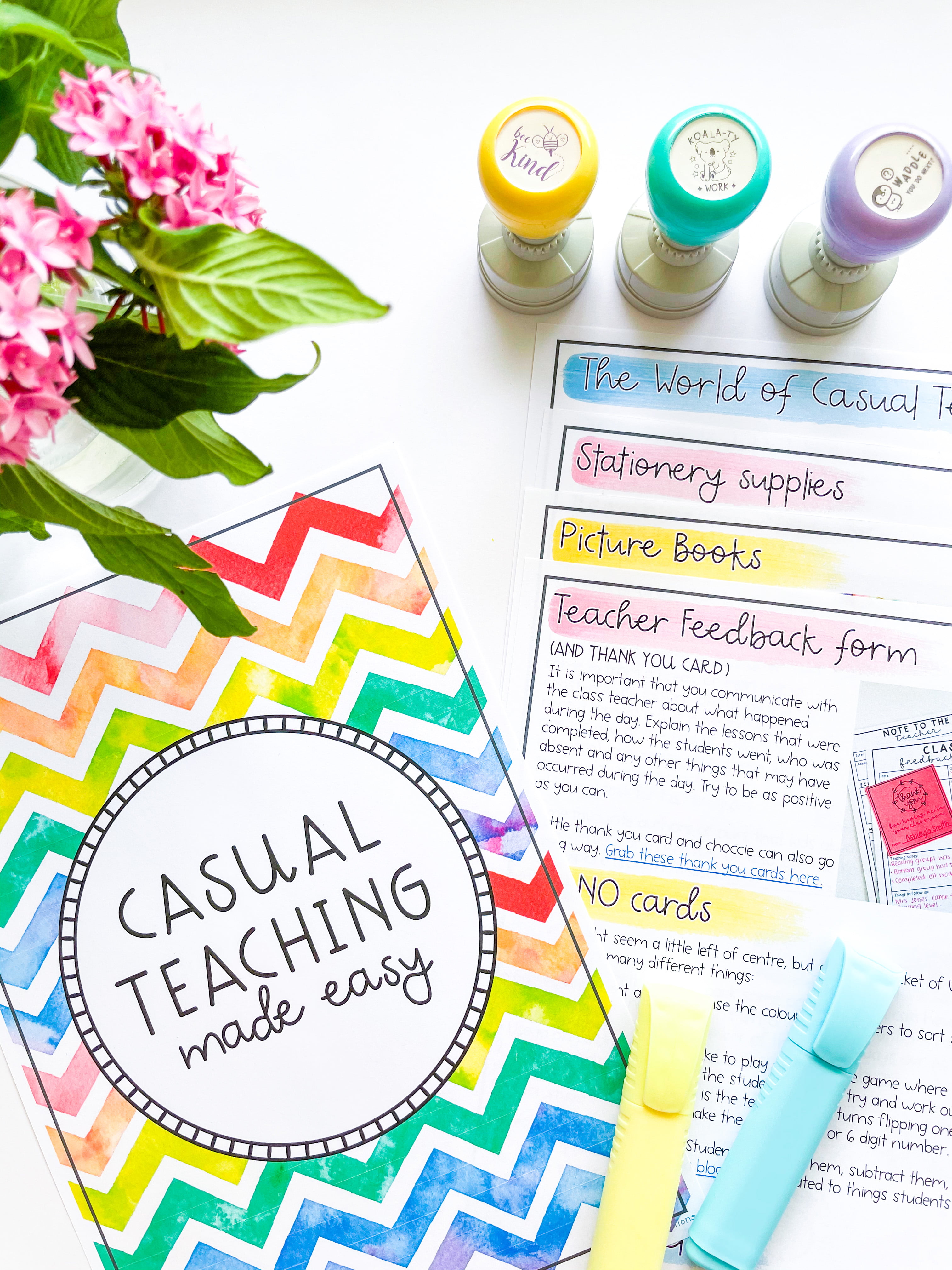This blog post has been written in collaboration with Jack from Relief Teaching.
There are numerous explanations why casual teachers in Australia opt to work as substitute teachers.
Relief teachers, also known as casual teachers or supply teachers, and have the freedom to work around personal commitments while gaining experience in a variety of school and classroom settings. Among other advantages, relief teaching can be a very pleasant and rewarding approach to teaching.
Casual relief teaching, like any other teaching duty, is made easier by preparation.
What is the role of a Relief Teacher?
Relief teachers cover classes when permanent teachers are absent due to training, vacation, or sickness. Typically, relief teachers are given plans and materials to work with. Relief teachers are responsible for the safety of students as well as ensuring that academic progress is documented and conveyed to the regular teacher.
With casual relief teacher positions, you will most likely be given lesson plans to follow to help kids make the most progress in that period.
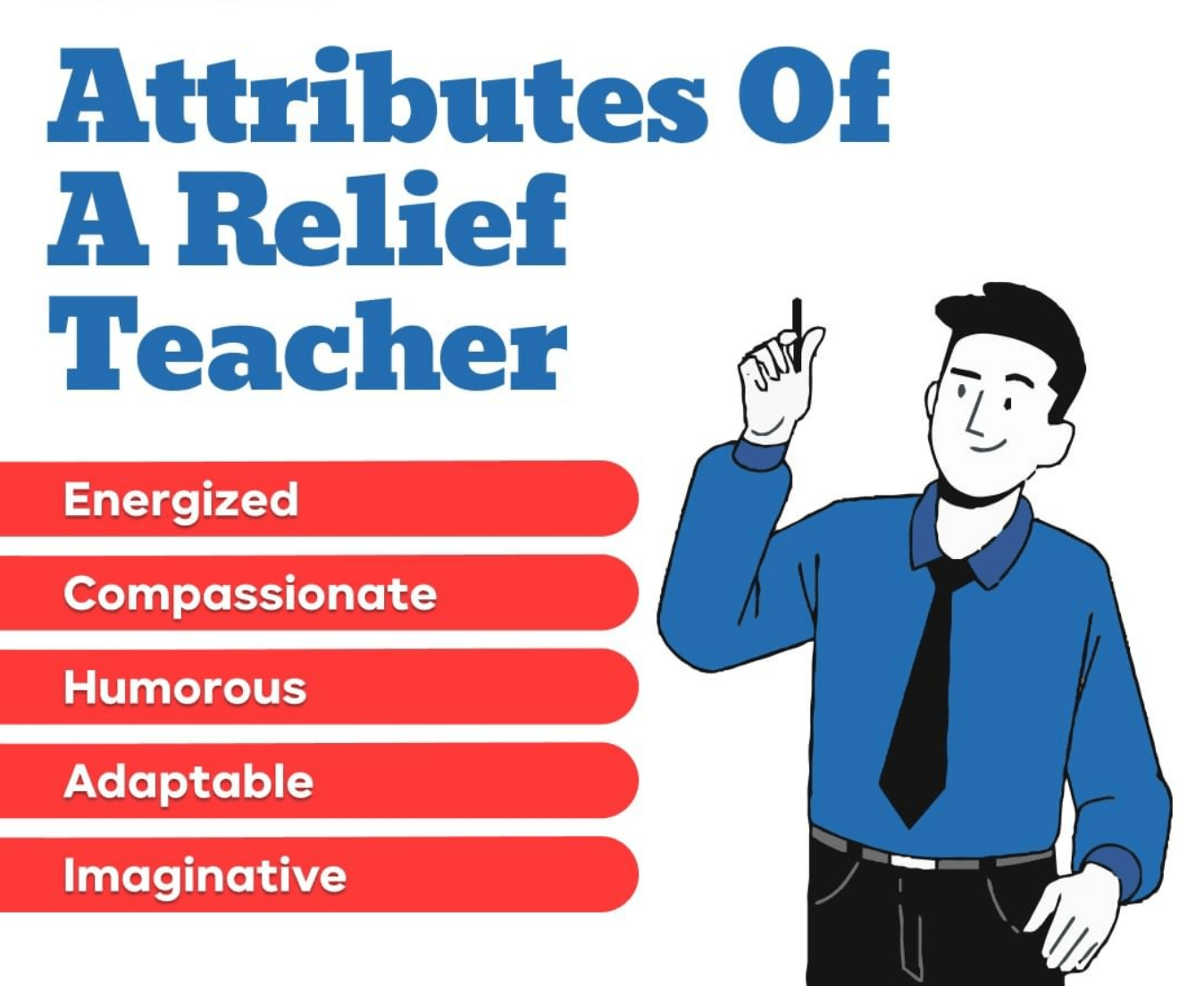
1. Make sure you arrive on time
Show up early so that you can review the cover work before the class is in session. This enables you to look for relief work while still accomplishing several vital tasks.
Read over the instructions and become acquainted with any PowerPoint presentations and resources. Make minimal changes to a session as long as the learning focus is maintained. Examine these steps first to ensure your presentation of the session enables all students to accomplish or surpass their target.
2. Get to know your surroundings
Learn about the daily schedule, what happens during recess and lunch, and how students are dismissed at the end of the day. Find out whether any of your students are taking medication or have allergies.
Inquire about how you can assist or what responsibilities you may take on to assist the full-time teachers. Schools appreciate the offer to perform a service. As a full-time teacher, having someone do your yard work /playground duty can brighten your day (and will set you apart!).
You can grab this ‘Casual Teacher cheat sheet’ for free here.
3. Be tough if you have to
We’ve all seen pupils try to get away with some extra when they have a relief instructor for the day. Don’t let them succeed! Every school has its behaviour management policy, which you should inquire about when you arrive — and don’t be hesitant to enforce it throughout the day.
This will also make it easy if you were to ever return to the same school to cover since pupils would recognise and understand what you anticipate from them.
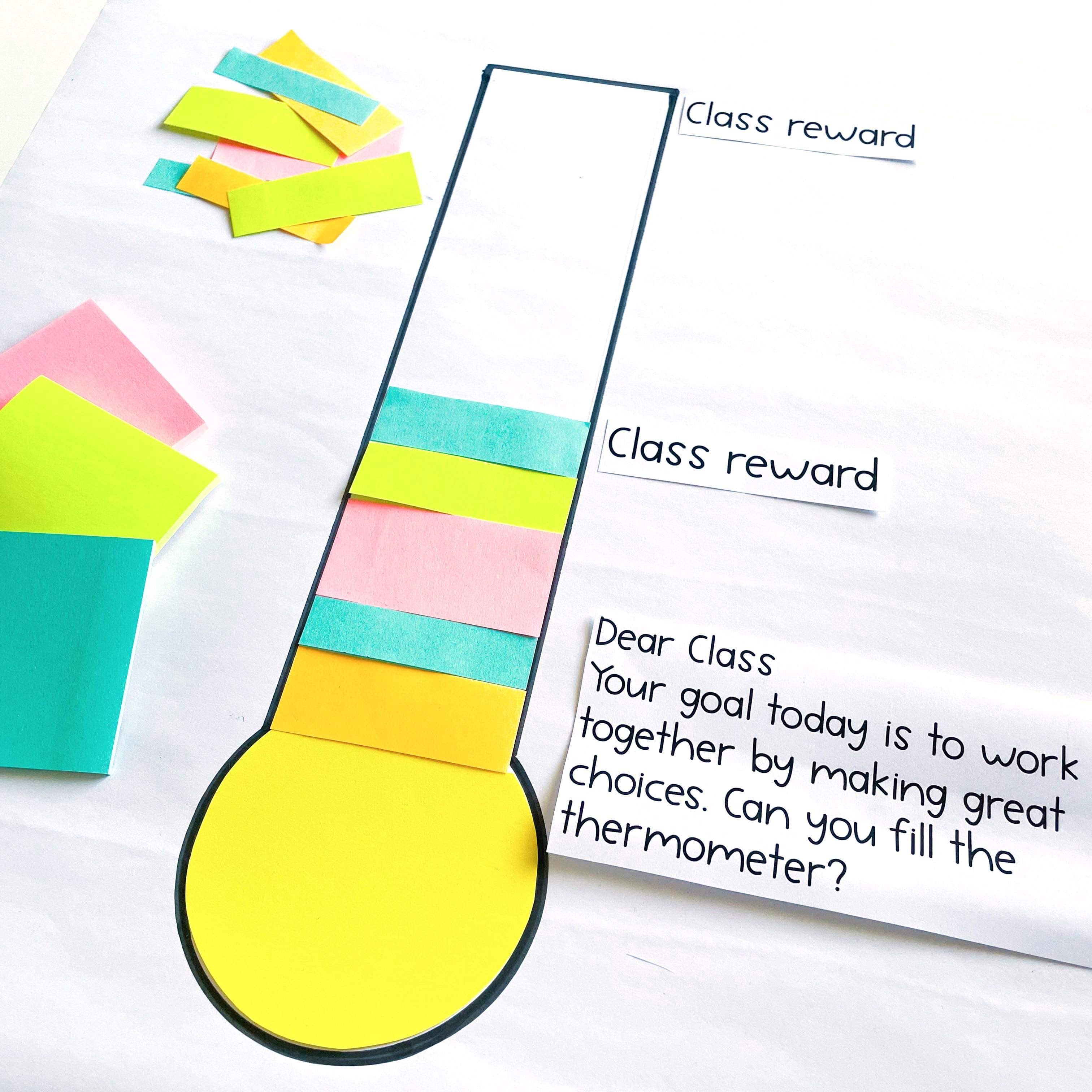
For more tips on how to manage a class when casual teaching, check out this blog post.
4. Bring your creativity to the table
Your responsibility is to ensure that pupils are making progress in the session, but there isn’t always enough relief work left for students. Let’s face it: the most interesting and thrilling responsibilities are rarely assigned to relief teachers! As a result, your professional judgment, expertise, ingenuity, and creativity will set you apart as a standout temporary relief teacher.
5. Invest in core subject skills
If you are assigned to support pupils from a year group that you are inexperienced with, familiarise yourself with their age-related expectations. A simple Google search for the main subject and year group will yield a list of instructional activities.
The more you understand age-related expectations and related course objectives, the more ready you will be to serve students at an age-appropriate level. Being able to provide success stories and solutions for developing core topic abilities which will also help you stand out within the interview or trial day rounds!
You can grab this Number of the Day template for free here (it is the perfect backup lesson to have ready in your casual teacher bag).
Bonus tip: It is important that you communicate with the class teacher about what happened during the day. Explain the lessons that were completed, how the students went, who was absent and any other things that may have occurred during the day. Try to be as positive as you can. A little preprepared thank you card can also go a long way.
Looking for work as a casual relief teacher?
Relief Teaching is the most useful platform for finding a teaching position in Australia and has further extensions in operations for teachers in Australia-based schools.
Learn more about Relief Teaching and how they can help you here.
Before you head off. Don’t forget to grab our FREE guide for Casual teachers. It includes tips and tricks and where to go next for more help as a CRT (Casual relief teacher).
What to read next:
Our top tips for Casual Teachers
